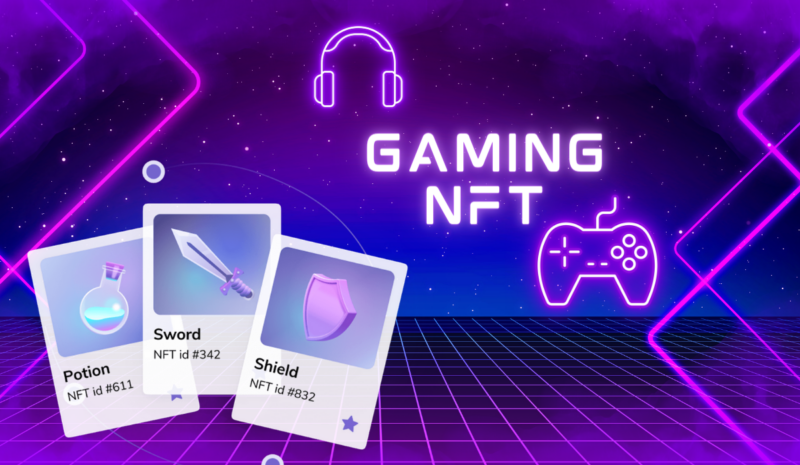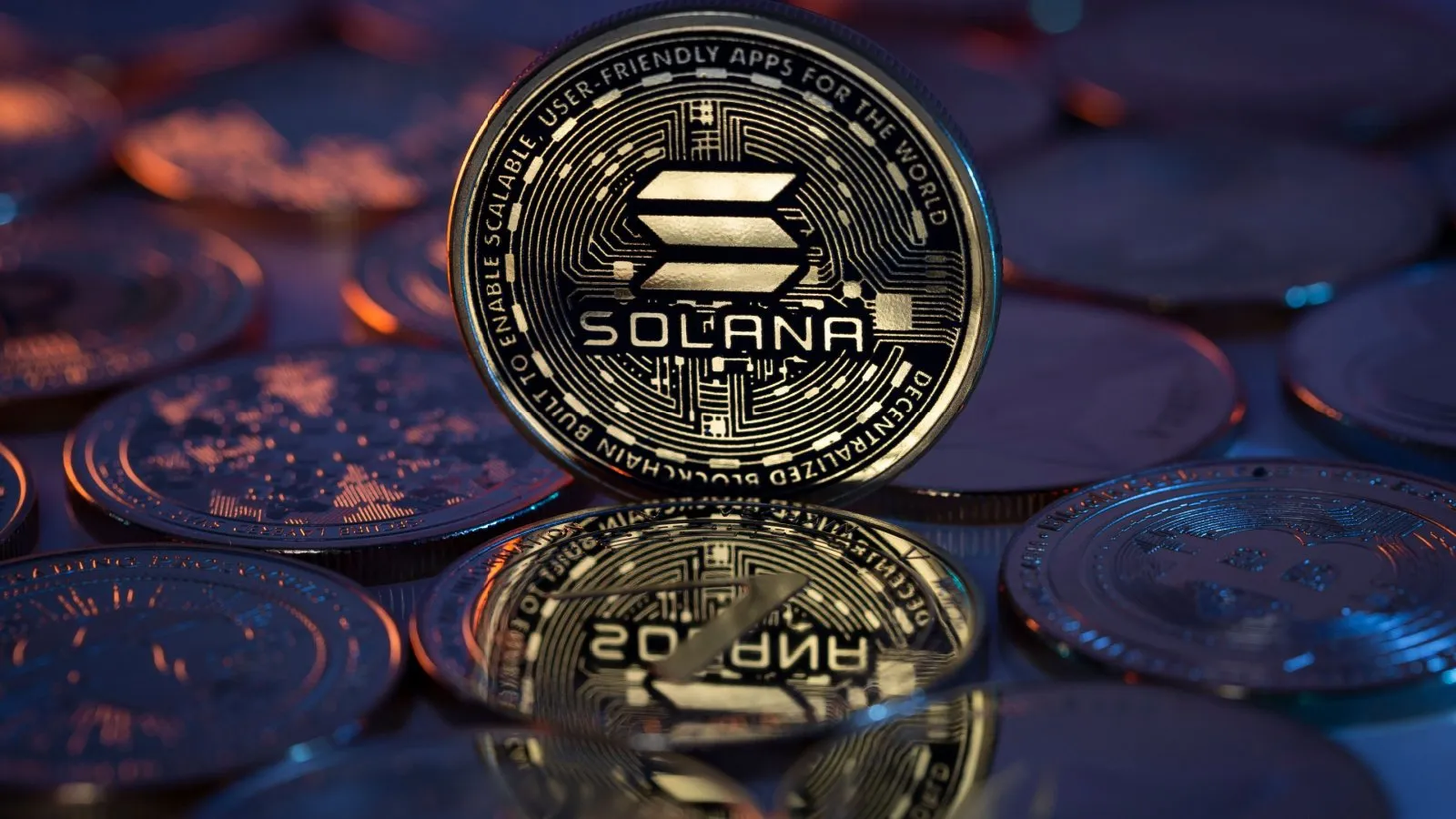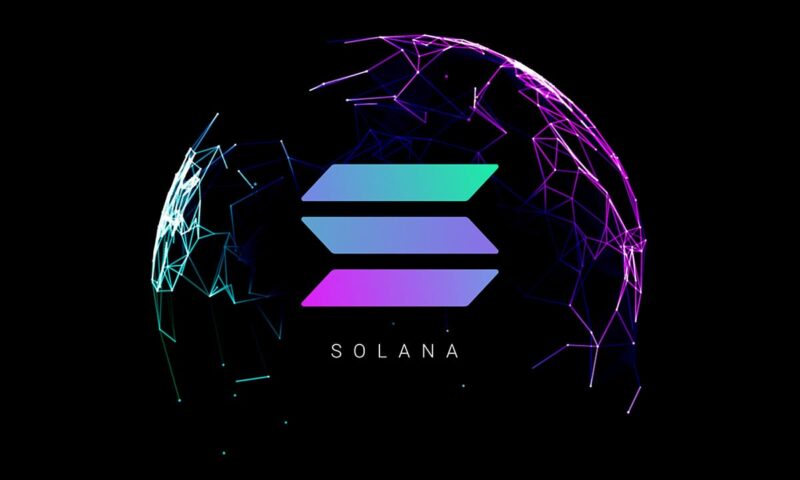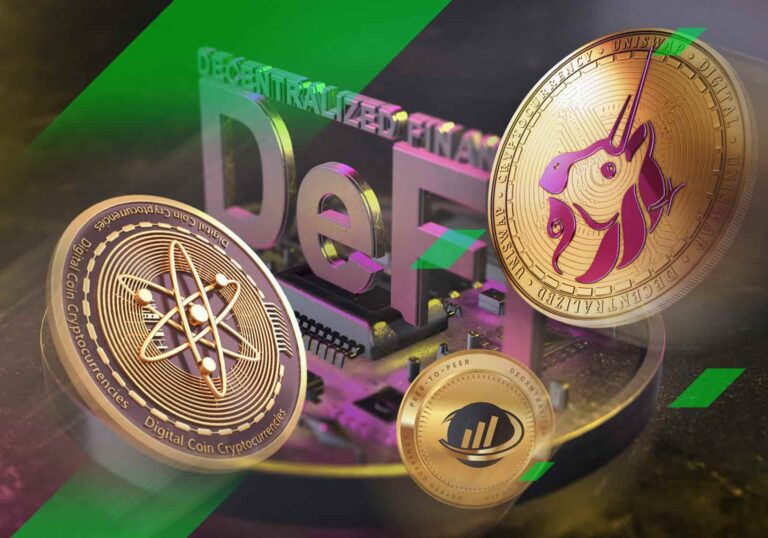Alright, let’s talk about Solana. If you’ve been paying attention to the crypto world lately, you’ve probably heard people buzzing about this project.
There’s a lot of excitement, and for good reason. As we head deeper into 2024, Solana’s shaping up to be one of the hottest picks for anyone looking to invest in blockchain technology. So, why is that? Let’s break it down.
The Speed That Changes Everything
Solana has gained serious traction for one big reason ─ it’s blazing fast. This isn’t just hype. The platform’s architecture is designed to process thousands of transactions per second (TPS). In an industry where sluggish transaction times have been a sore spot for many blockchains, Solana’s speed is a game-changer.
Most blockchains, especially older ones like Ethereum, often struggle with network congestion. Imagine trying to send money during peak hours and waiting minutes—or even hours—for confirmation.
Not ideal, right? Solana solves this problem by using its unique combination of Proof of History (PoH) and Proof of Stake (PoS) mechanisms. Think of PoH as a way to timestamp transactions in a seamless, trustless way, making everything lightning-fast.
Here’s the best part: we’re not talking about marginal improvements here. We’re talking about a platform that can handle over 50,000 transactions per second—compared to Ethereum’s current average of around 30 TPS. That’s not just a step up; it’s a leap.
This capacity makes Solana a perfect fit for decentralized applications (DApps) and decentralized finance (DeFi) projects, where speed can make or break user experience.
Anyone who is eager to see the performance up close, it’s easy to buy Solana and get involved right away.

Why Speed Matters in Crypto
Now, you might be wondering, “Why does speed even matter so much?” Let’s put it this way: imagine trying to shop online, but every purchase you make takes 10 minutes to go through. Frustrating, right? That’s the kind of headache many blockchains have been giving users. But with Solana, transactions are not only faster but also cheaper, which brings us to the next key point.
Scalability Without Breaking the Bank
Speed is great, but scalability is equally important. It’s one thing to move fast; it’s another thing entirely to scale without blowing up fees. Solana excels here too. Its low transaction costs make it a lot more feasible for developers to build on without worrying about gas fees eating into their budgets.
Solana’s ability to handle thousands of transactions without bottlenecks is especially crucial for projects that want to scale quickly. Let’s face it: no one wants to be the next DeFi app that crashes just because too many users showed up at once. With Solana, developers can confidently build for scale without fearing network congestion.
A Rapidly Growing Ecosystem
As of late 2024, over 87% of new tokens appearing on decentralized exchanges (DEXs) are being launched on Solana. Let that sink in. It’s a sign that developers are flocking to the platform, and where developers go, users—and ultimately, investors—are sure to follow.
The surge isn’t just about token launches either. We’re seeing a massive uptick in the total value locked (TVL) in Solana-based DeFi projects. More TVL means more confidence, more engagement, and more real-world usage. When you see metrics like this, it’s hard not to feel bullish about where Solana’s headed.
The Role of NFTs and Gaming

Another exciting aspect of Solana’s ecosystem growth is in NFTs and gaming. For anyone keeping tabs on the crypto scene, you’ll know how hot the NFT space has been. But let’s be honest ─ no one wants to pay exorbitant fees just to mint or trade a digital collectible. That’s where Solana shines—fast, low-cost transactions make it an ideal platform for NFTs.
In the gaming world, where quick transaction speeds are a must, Solana’s infrastructure is already proving to be a game-changer. Developers are building play-to-earn games and metaverse projects on Solana, and I suspect we’ll see even more innovation in this space in the coming months.
The Big Players Are Getting Involved
For those of us who’ve been around the crypto space for a while, there’s always a moment where you realize, “Okay, the big guys are finally paying attention.” That’s happening with Solana right now.
Earlier in June 2024, VanEck made headlines by filing to list the first-ever U.S. exchange-traded fund (ETF) tied to Solana’s spot price. Hot on its heels, 21Shares filed for a similar ETF.
Why is this significant? ETFs are a big deal because they provide a way for everyday investors—who might not want the hassle of buying and storing crypto directly—to get exposure to Solana.
If these ETFs get approved, expect an influx of capital from both retail and institutional investors. More money flowing into Solana? That’s a recipe for growth.
What Institutional Interest Signals for Retail Investors

When institutional investors start pouring in, it’s usually a strong indicator of long-term potential. Sure, crypto is still a wild ride, but having the backing of established financial entities can add a layer of legitimacy that the space often needs.
For retail investors like us, this creates a unique opportunity to ride the wave before it really takes off.
Bouncing Back from the FTX Collapse
Let’s not sugarcoat it—2022 was a rough year for the crypto market, with the collapse of FTX sending shockwaves through the industry. Solana, being one of the assets tied closely to FTX, took a hit.
But what impressed me was how the community and developers responded. No projects jumped ship. Instead, they doubled down on their commitment to building even further.
Fast forward to March 2024, and Solana’s native token (SOL) posted a jaw-dropping return of over 770% in just a year. That’s higher than Bitcoin or Ethereum.
Such resilience speaks volumes about the community’s belief in the project. And let’s be real, a community that sticks around during tough times is one that’s in it for the long haul.
What’s Next?
Looking forward, there’s no slowing down for Solana. Developers are working on new updates to improve scalability and security even further. The platform’s roadmap includes enhancements that will support more complex applications, especially in areas like gaming, NFTs, and DeFi.
The core innovation, Solana’s PoH mechanism, is still its crown jewel. By streamlining the way transactions are validated, it sets the stage for even faster processing speeds in the future. If Solana can maintain its current momentum while introducing new features, I see it becoming a cornerstone in the next generation of blockchain technology.

The Bottom Line
So, here’s my take: investing in Solana in 2024 seems like a smart move. We’re looking at a platform that’s not just surviving but thriving. It’s fast, scalable, and attracting serious attention from developers and institutional investors alike. And with a resilient community backing it up, Solana has proven it can bounce back from setbacks stronger than ever.
Sure, there are always risks—crypto is still a volatile space, and nothing’s guaranteed. But if you’re someone who believes in the long-term potential of blockchain technology, Solana’s got the ingredients you want: speed, scalability, a growing ecosystem, and increasing institutional interest.








